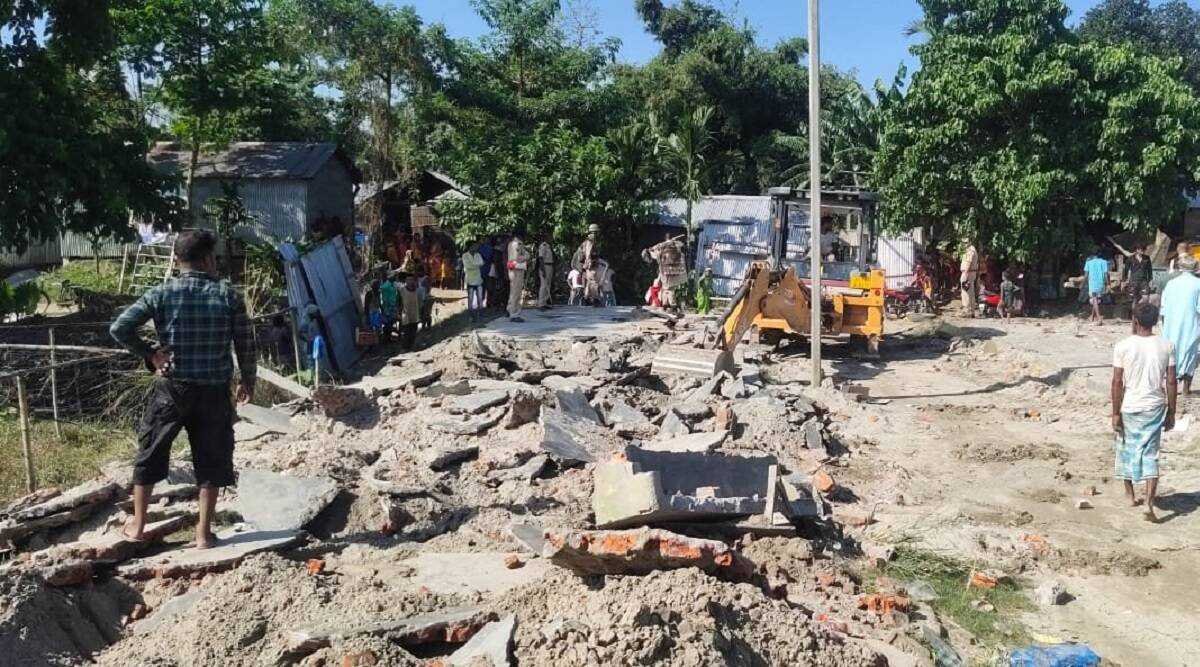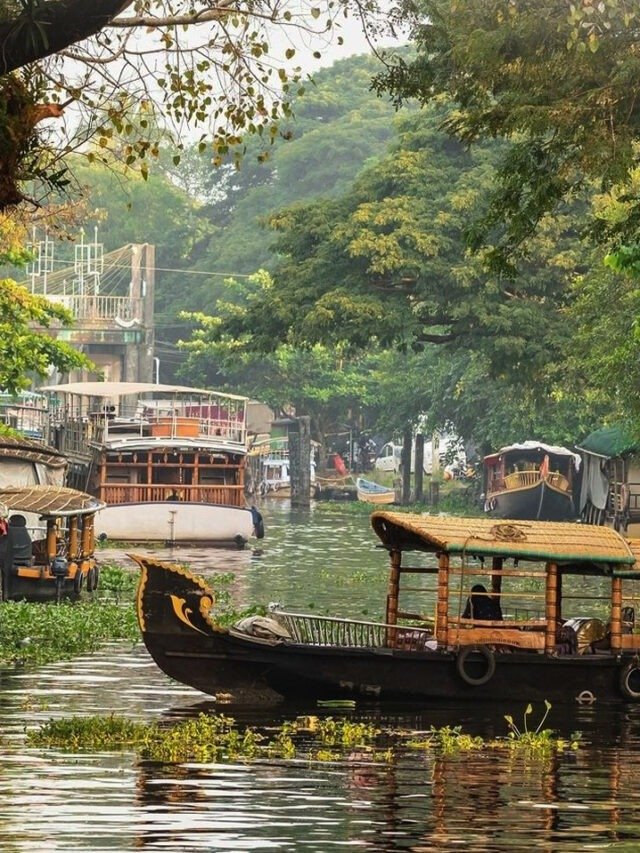HT DIGITAL
GUWAHATI, AUGUST 6: The Gauhati High Court has granted a temporary stay on the current eviction drive at Uriamghat, an area in Assam’s Golaghat district, providing temporary relief to 75 families whose homes were on the verge of being demolished. The court order, which was passed on August 5, will be valid up to August 14 and instructs the Assam government to submit a detailed affidavit on the legal status of the contested land.
The stay order was in response to a petition from the affected families. The petitioners contended, in their prayer, that the land they occupy has never been declared as forest or revenue land. They also cited the fact that several of them have lived in Uriamghat for decades and have availed themselves of government schemes like the Pradhan Mantri Awas Yojana (PMAY), electricity supply, and other public facilities. This, they asserted, establishes that their settlements cannot be categorized as illegal encroachment.
Furthermore, the petitioners pointed out that the eviction notice issued to them only provided seven days’ notice, which they testified was insufficient time in which to compile and produce the legal documents necessary to demonstrate their claims of residence.
Considering these issues, a Division Bench headed by the Chief Justice ordered the Assam government to specify the legal status of the land, present a chronology of administrative steps—whether demarcation or notification procedures—and identify the rationale for eviction. The court also ordered the petitioners to file records like land allotment orders, electricity and water bills, and evidence of inclusion in welfare schemes to substantiate their claim.
The Uriamghat eviction is one of a series of land reclamation drives initiated by the Assam government in the last week of July 2025. The drive so far has targeted more than 2,600 houses in 12 villages—Dayalpur, Madhupur, and Sonaribil Top—aimed at vacating what the officials describe as encroachment into the Rengma Reserved Forest, along the Assam–Nagaland border. The drive involved huge deployment, with some 2,000 police officers, 500 forest department officials, and 100 excavators.
Most families hit by the evictions claim that they initially moved to Uriamghat following displacement by river erosion and progressively became a part of the local community, facilitated by government infrastructure and services. They claim that their settlements grew up with official assistance and cannot now be wiped out without proper rehabilitation.
Chief Minister Himanta Biswa Sarma has continued to stand by the eviction campaigns, particularly in what he describes as “non-tribal encroachments” of forest and protected areas. He has reaffirmed that these evictions will continue unless citizens are shielded by the Forest Rights Act, 2006. Up to mid-2025, government statistics confirm that close to 160 square kilometers of land statewide have been cleared, affecting more than 50,000 individuals.
But there have been criticisms from various civil society bodies and human rights groups against the drives on grounds of improper rehabilitation, sudden eviction notices, and potential violations of constitutional rights. They say that most of the evictions are done without proper safeguards or alternative resettlement strategies.
Earlier, the High Court had granted an extension of the deadline for eviction compliance to August 7. With the recent stay order, the court has emphasized the need to follow due process and make sure that evictions are legally warranted. The hearing on August 14 will figure prominently in deciding the fate of the Uriamghat settlement. For the petitioners, the fight in the courts is not just about land rights, but also about recognition, dignity, and the right to live a secure life.












